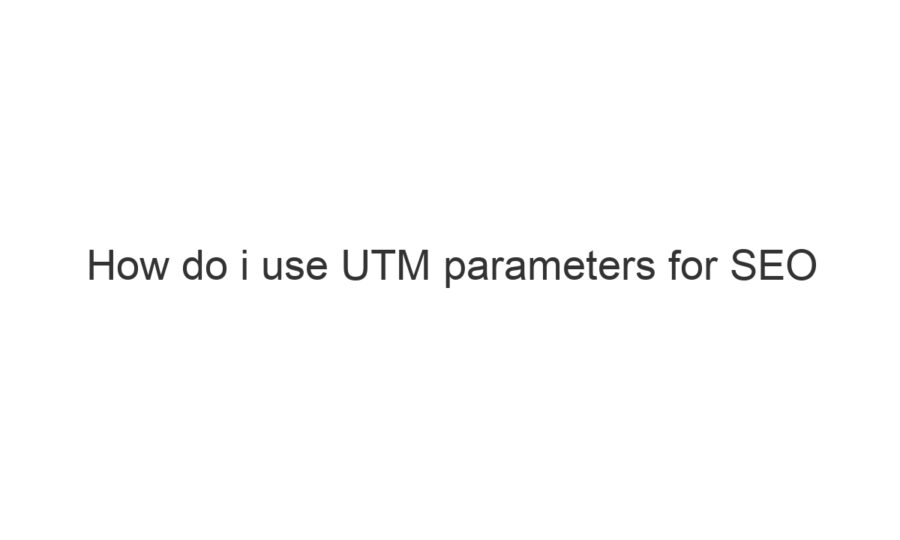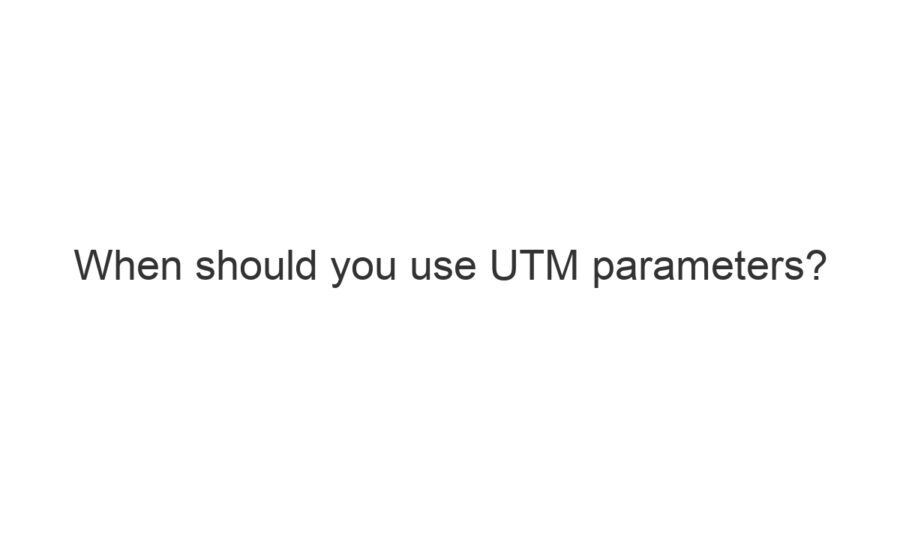

Why use UTM parameters
Marketers use UTM parameters to help them see how engaging different traffic sources are. They let them unpack a traffic source from just say ‘Facebook’ to ‘Facebook Campaign 1’ and ‘Ad Creative 1, 2 & 3’. They can use this fidelity to see how each has performed and make adjustments accordingly. It’s also a bit of an insurance policy, you may not know what you need to improve over time. But if you have set up UTM parameters at the… Continue reading















